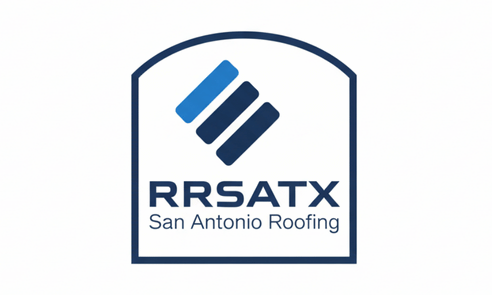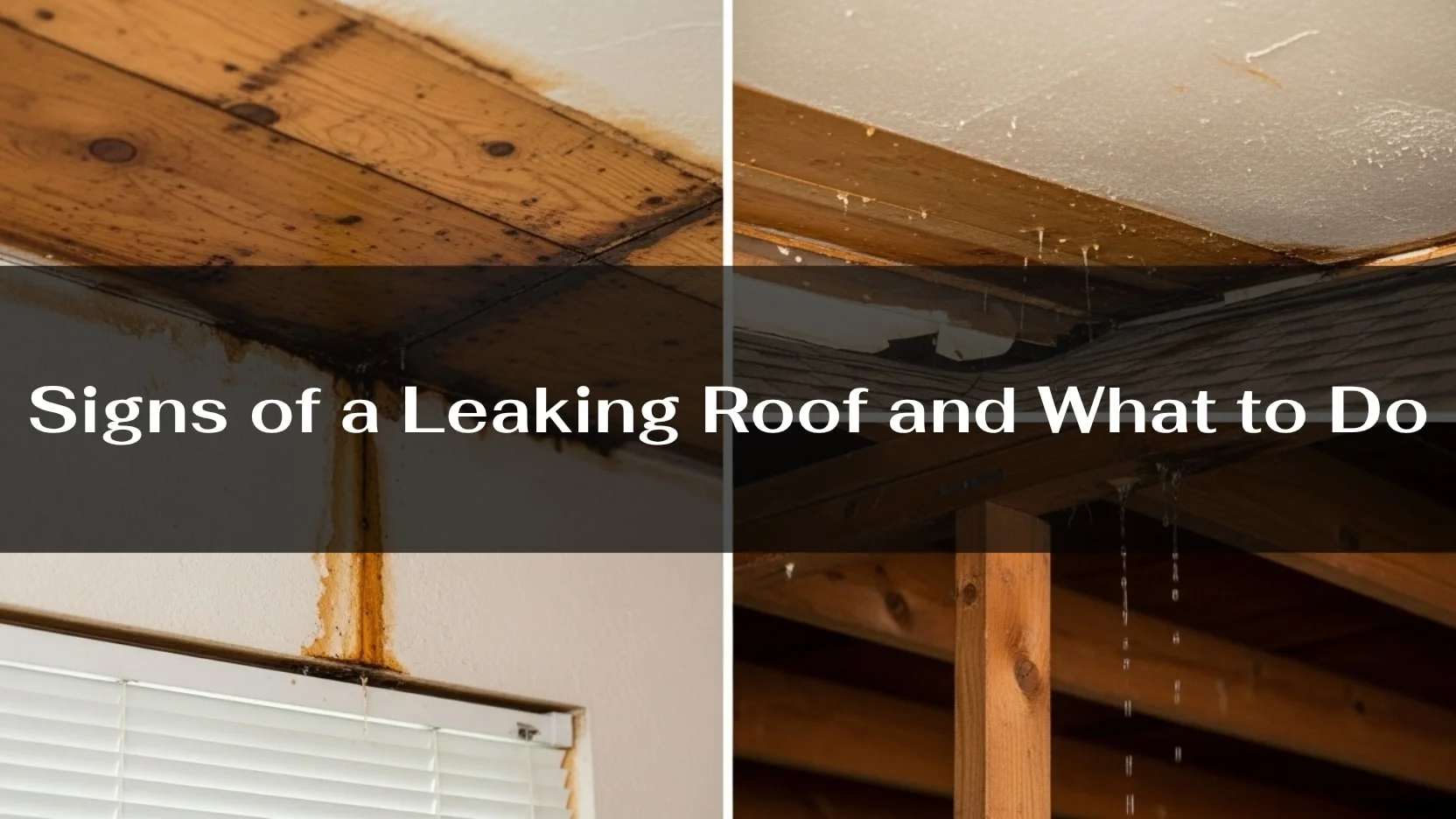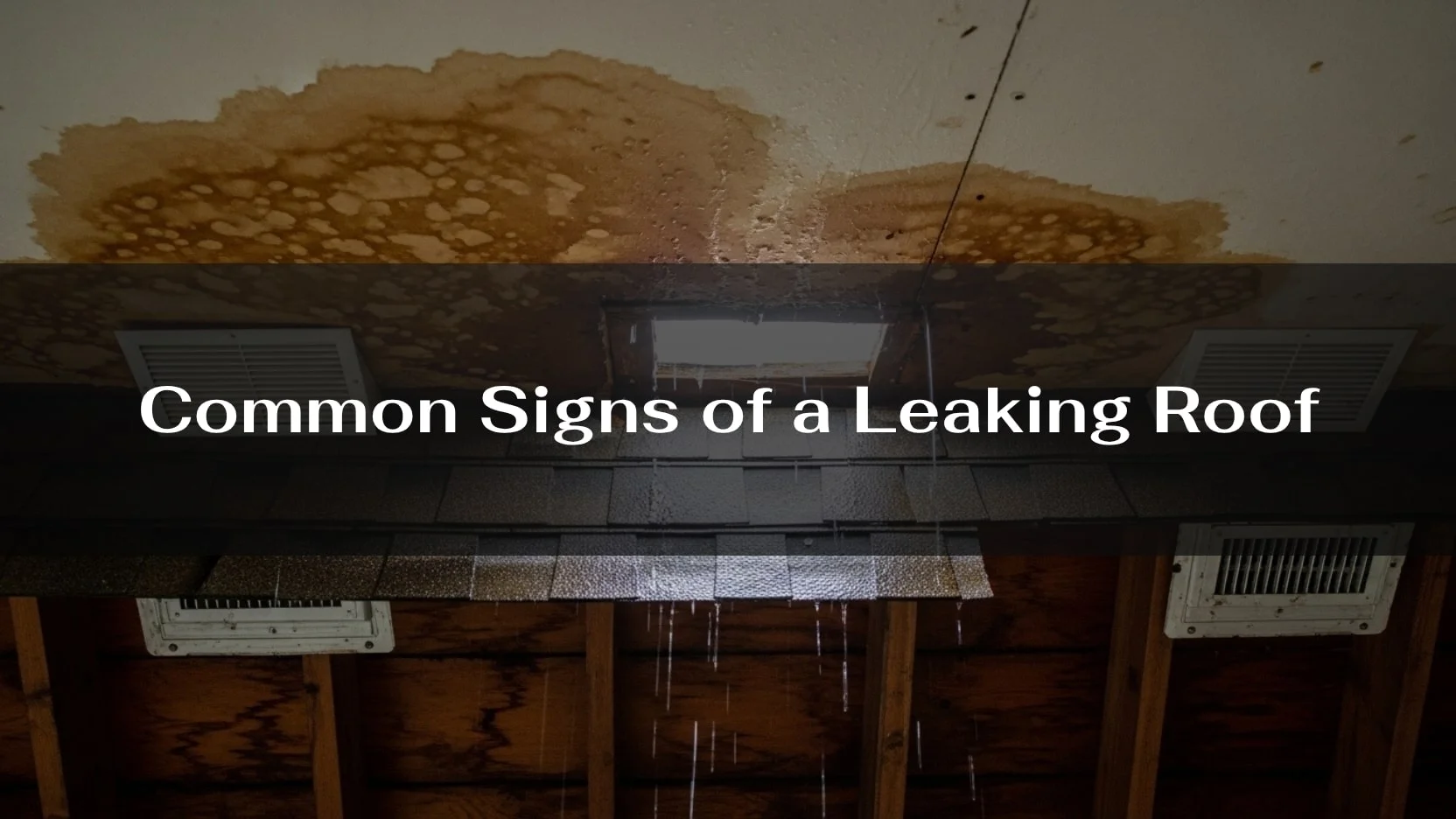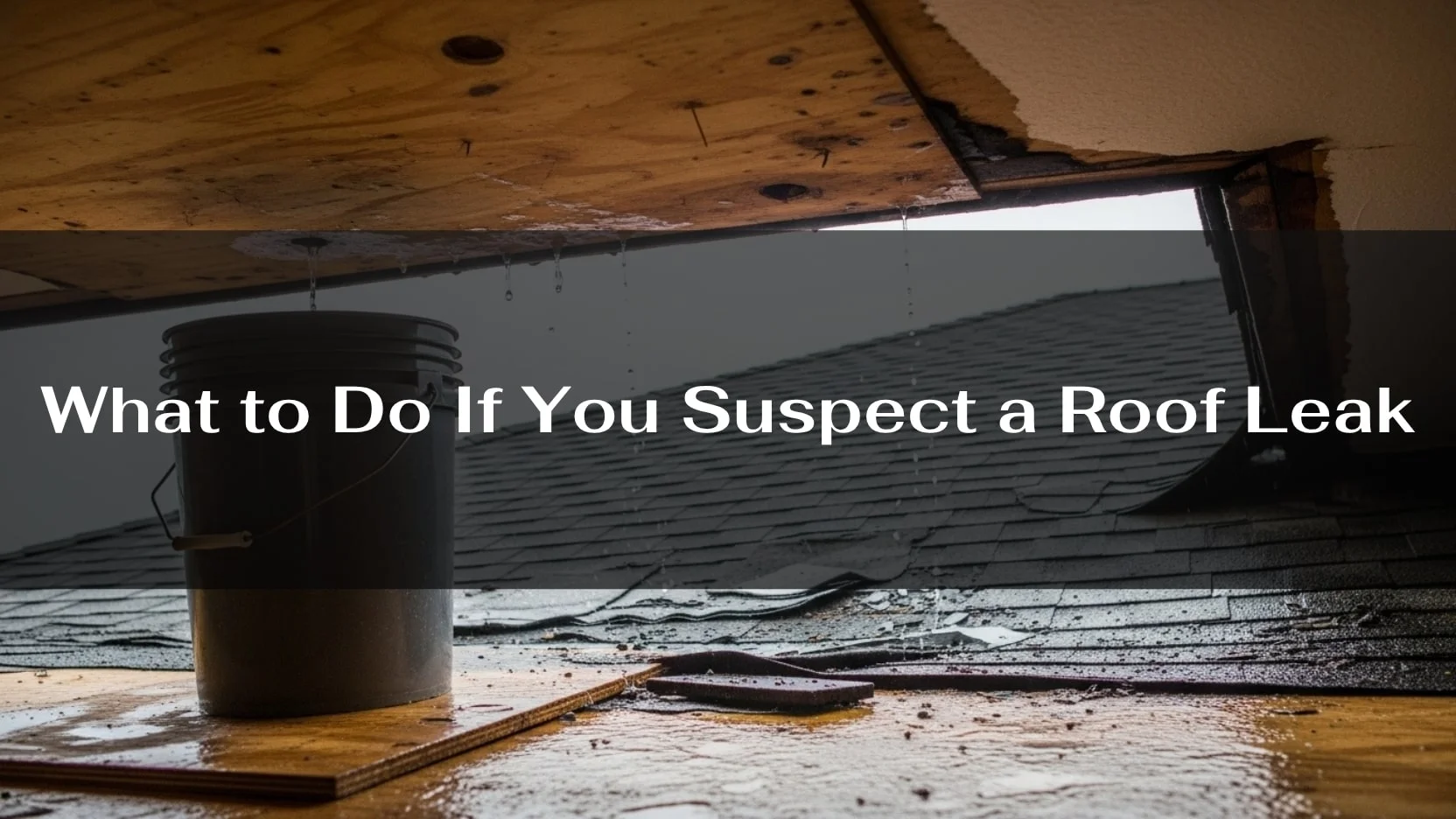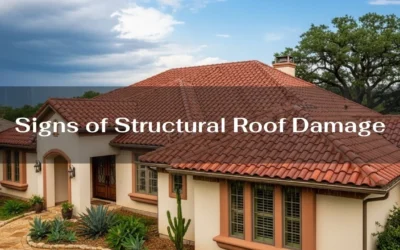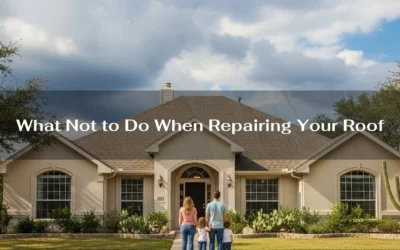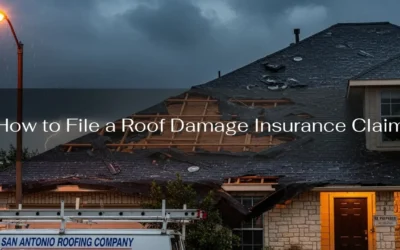Living in San Antonio, Texas, means dealing with a unique climate that can take a toll on your roof. From intense summer heat to heavy rainstorms, your roof endures a lot. Knowing the signs of a leaking roof and what to do can save you from costly repairs and protect your home’s value. This guide covers everything San Antonio homeowners need to spot roof leaks early and act fast.
Why Roof Leaks Matter in San Antonio
San Antonio’s weather, with its hot summers and occasional heavy rains, can cause roof materials to expand, contract, and sometimes fail. A leaky roof can lead to water stains, mold growth, rotted framing, and even damage to your electrical wiring. Early detection and routine maintenance are key to preventing moisture buildup and further damage.
Common Signs of a Leaking Roof
1. Water Stains and Ceiling Stains Inside Your Home
One of the first signs you might notice is water stains on your ceiling or walls, especially after heavy rain. These stains often appear as brown or yellow discolorations and can worsen over time. If you spot a ceiling stain, check the attic floor above for moisture or water dripping.
2. Mold Growth and Musty Odors
Persistent moisture from a leaking roof creates the perfect environment for mold growth and musty odors. Mold may appear near exterior walls or in your attic. If you notice any signs of mold, it’s crucial to find the leak source and fix it promptly to protect your family’s health.
3. Damaged or Missing Shingles
San Antonio’s sun and storms can cause shingles to crack, curl, or blow off. Damaged shingles expose your roof decking and increase the risk of leaks. Regular inspections after storms can help you catch missing shingles early before leaks occur.
4. Rusted Gutters and Clogged Gutters
Rusty or clogged gutters can cause water to pool on your roof edge or drip down exterior walls, leading to water damage and rotted framing. Keep gutters clean to prevent moisture buildup and ensure proper water flow away from your home.
5. Roof Vents and Damaged Roof Flashing
Roof vents and flashing around chimneys or skylights are common leak points. Cracked or damaged vents allow water to seep into your attic. Inspect these areas regularly and replace damaged vents to keep your roof watertight.
6. Light Coming Through Roof Valleys or Tiny Holes
If you can see light coming through your roof valleys or tiny holes, it’s a clear sign of a hidden roof leak. These small holes can cause serious water damage if left unchecked.
7. Signs in the Attic: Moist Air, Rusty Pipes, and Water Dripping
Check your attic for moist air, rusty pipes, or visible water dripping, especially after heavy rain or during a cold night when condensation can worsen. The attic heats and moves warm attic air, which can carry moisture that leads to mold growth and rotted framing.
What to Do If You Suspect a Roof Leak
1. Catch Dripping Water and Protect Your Home
Place a bucket or container on a sturdy board across ceiling joists to catch dripping water. This will help prevent drywall damage and water damage to your belongings.
2. Inspect and Document the Damage
If safe, inspect your attic and roof for visible signs of leaks, damaged shingles, or missing flashing. Take photos for insurance claims or to show a roofing professional.
3. Call a Professional for a Roof Inspection
Routine maintenance and regular inspections by a licensed roofing contractor are essential. A professional can locate hidden roof leaks, assess damage, and recommend repairs or a new roof if necessary.
4. Prevent Moisture Buildup and Future Leaks
Keep gutters clean, ensure proper attic ventilation with air chutes and roof vents, and repair damaged flashing promptly. These steps help prevent moisture buildup and extend your roof’s life.
5. Consider Roof Replacement When Needed
If your roof is nearing the end of its lifespan or has extensive damage, a new roof may be the best option. Choose materials designed to withstand San Antonio’s climate for long-lasting protection.
Final Thoughts for San Antonio Homeowners
Most leaks start small but can cause serious water damage and mold growth if left unchecked. Regular inspections, prompt repairs, and routine maintenance are your best defense against roof leaks. Don’t wait for a ceiling stain or water dripping to take action—protect your home and family by staying vigilant.
For expert help with roof leaks in San Antonio, contact a trusted local roofing professional. They can provide a thorough roof inspection and ensure your home stays dry and safe no matter the weather.
